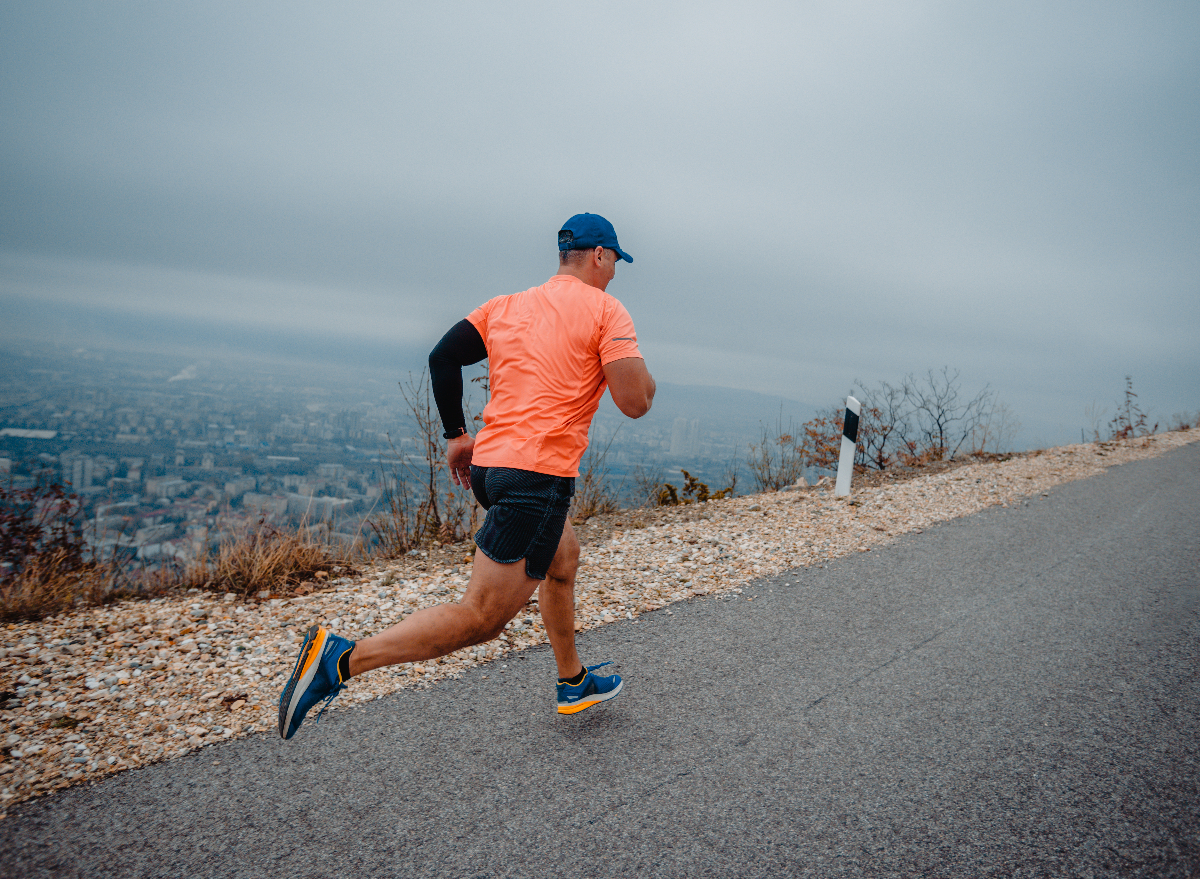Optimize Your Running Workout: Professional Strategies Revealed
Optimize Your Running Workout: Professional Strategies Revealed
Blog Article
Handling Typical Running Pains: Reasons, Solutions, and Avoidance
As runners, we frequently run into various pains that can hinder our performance and satisfaction of this physical activity. By discovering the origin factors for these running pains, we can reveal targeted options and preventative steps to make sure a smoother and extra fulfilling running experience.
Typical Running Discomfort: Shin Splints
Shin splints, a typical running pain, often result from overuse or inappropriate shoes during physical activity. The recurring anxiety on the shinbone and the tissues affixing the muscular tissues to the bone leads to inflammation and pain.
To protect against shin splints, people ought to slowly boost the strength of their workouts, use suitable footwear with correct arch assistance, and preserve versatility and toughness in the muscles bordering the shin (running workout). Additionally, incorporating low-impact tasks like swimming or cycling can aid keep cardio physical fitness while enabling the shins to heal.
Common Running Discomfort: IT Band Syndrome
Along with shin splints, an additional prevalent running discomfort that professional athletes commonly experience is IT Band Syndrome, a problem brought on by inflammation of the iliotibial band that runs along the outer thigh and knee. IT Band Disorder normally manifests as pain outside of the knee, particularly throughout tasks like running or biking. The iliotibial band is a thick band of fascia that links the hip to the shin, and when it comes to be irritated or limited, it can massage versus the thigh bone, causing pain and discomfort.
Joggers experiencing IT Band Syndrome might observe a painful or aching sensation on the external knee, which can intensify with continued activity. Factors such as overuse, muscle discrepancies, inappropriate running form, or poor workout can add to the development of this problem. To stop and alleviate IT Band Syndrome, runners need to concentrate on extending and enhancing workouts for the hips and upper legs, appropriate shoes, gradual training development, and attending to any kind of biomechanical problems that may be aggravating the problem. Overlooking the symptoms of IT Band Syndrome can result in persistent problems and extended healing times, emphasizing the relevance of early treatment and correct monitoring techniques.
Usual Running Pain: Plantar Fasciitis

Plantar Fasciitis can be attributed to numerous factors such as overtraining, more info incorrect shoes, working on tough surface areas, or having high arches or level feet. To stop and minimize Plantar Fasciitis, runners can include stretching workouts for the calves and plantar fascia, wear encouraging footwear, keep a healthy weight to decrease stress on the feet, and progressively increase running intensity to stay clear of unexpected tension on the plantar fascia. If signs and symptoms continue, it is advised to get in touch with a health care professional for proper diagnosis and treatment choices to attend to the condition successfully.
Typical Running Pain: Runner's Knee
After addressing the challenges of Plantar Fasciitis, another prevalent concern that runners usually deal with is Jogger's Knee, an usual running pain that can prevent sports efficiency and create discomfort during physical activity. Runner's Knee, likewise called patellofemoral discomfort disorder, shows up as discomfort around or behind the kneecap. This condition is typically associated to overuse, muscle discrepancies, incorrect running methods, or issues with the positioning of the kneecap. Joggers experiencing this pain may feel a dull, aching discomfort while running, increasing or down staircases, or after long term periods of resting. To protect against Jogger's Knee, it is important to integrate correct warm-up and cool-down routines, keep solid and well balanced leg muscular tissues, wear suitable footwear, and progressively raise running strength. If signs and symptoms persist, inquiring from a medical care professional or a sporting activities medication expert is suggested to identify the underlying reason and establish a customized therapy plan to alleviate the discomfort and prevent additional complications.
Usual Running Pain: Achilles Tendonitis
Generally afflicting runners, Achilles Tendonitis is an unpleasant problem that influences the Achilles ligament, creating discomfort and possible limitations in exercise. The Achilles tendon is a thick band of cells that attaches the calf muscle mass to the heel bone, critical for activities like running, jumping, and strolling - click site. Achilles Tendonitis usually creates as a result of overuse, inappropriate shoes, inadequate stretching, or unexpected increases in physical task
Signs And Symptoms of Achilles Tendonitis consist of discomfort and rigidity along the tendon, especially in the early morning or after durations of lack of exercise, swelling that worsens with task, and potentially bone stimulates in persistent situations. To stop Achilles Tendonitis, it is vital to stretch properly before and after running, use proper shoes with proper support, gradually increase the intensity of exercise, and cross-train to reduce repeated anxiety on the tendon. Treatment may include remainder, ice, compression, elevation (RICE procedure), physical therapy, orthotics, and in extreme situations, surgical treatment. Early treatment and proper treatment are essential for managing Achilles Tendonitis properly and stopping long-term difficulties.
Conclusion

Report this page